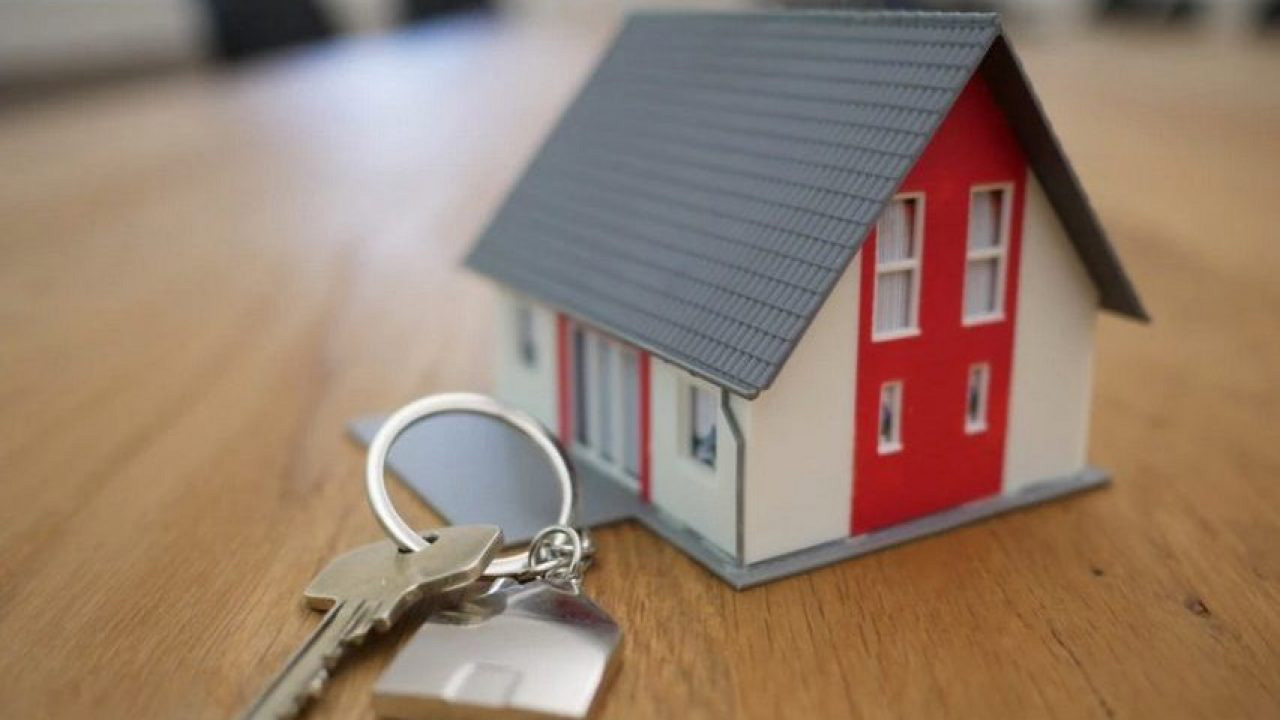Salt Lake City or in any other parts of Utah do not usually experience the utmost weather conditions. However, it is still essential for Utah residents to make sure that their roof can hold out against extreme weather conditions, just in case an unexpected situation should arise. You need to keep your roof safe from damage caused by the elements. Wind, rain, and even direct sunlight can all take a toll on your roof. You need to assess your roof condition right away and decide whether to repair or replace it, if necessary. Both residential and commercial flat roof installation and repair to the Greater Salt Lake area are available with many options to choose from depending on your needs. If you are looking for flat roofing material options and still don’t have any idea which direction to take, then here we will give you some recommendations that are usually used in most situations.
What is Flat Roof?
Flat roofs are well-suited for our state’s climate. In colder seasons, they keep interiors of a home warm by absorbing the sun’s heat and keeping it inside. These materials can also used as outdoor decks or roof gardens. You will even be able to host parties on top of your home if you have a flat roof.

A flat roof, as the name goes, it’s a roof that is flat in design, as opposed to a roof that is constructed at an angle or has a peak on it. However, within the classification of flat roofs, there are four different types to choose from. So before you select materials from a company, know what is currently available to select from.
Types of Flat Roof
- Bur of Build-Up Roofs: Are frequently referred to as tar and gravel roofs. It is the traditional flat roof, constructed out of hot asphalt and gravel. Three or more layers are often put on together and once used tar paper, but now use more durable fiberglass membranes when built new. Small stones or gravel are used to protect the tar from the damaging effects of the suns UV rays.
- Modified Bitumen Roofing: Modified Bitumen is similar to a built-up roof in that it is composed of asphalt rolls usually three-foot full, but a modified bitumen roof is often only made of two piles or layers, and a base sheet and a cap sheet. This rolled roof is similar to what is known as an ice and water shield.
- Thermoplastic Membranes PVC or TPO: Thermoplastic roofing membranes are single layers of material, usually white or gray, but can be applied in other colors. It is unrolled and heat welded together. By doing this, they provide a bond that is four times stronger than the EPDM roof. From a distance, PVC and TPO membranes are hard to distinguish but will most often be white or light color.
- EPDM Rubber Roof: Rubber roofs that adhere to and easy to spot; they are black and usually stretched tight over an insulation board or fiberboard. It’s designed to be unharmed from intense, direct sunlight. There are several ways to attach EPDM to a roof: glue, various types of fasteners, or stone ballast.
Flat roofs are well-suited for our state’s climate. In colder seasons, they keep interiors of a home warm by absorbing the sun’s heat and keeping it inside. They can also used as outdoor decks or roof gardens. You will even be able to host parties on top of your home if you have a flat roof. Best of all, they are generally cheaper and easier to install.
Take a Look at These Helpful Roofing Articles
Looking For a Quality Roofing Contractor?
Need Affordable Roofing Repairs?
Looking For Financial Roofing Assistance?







